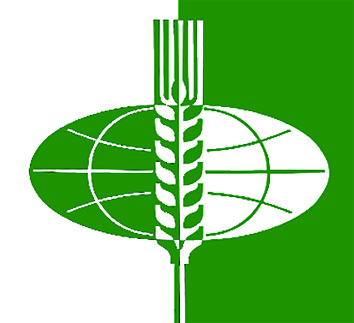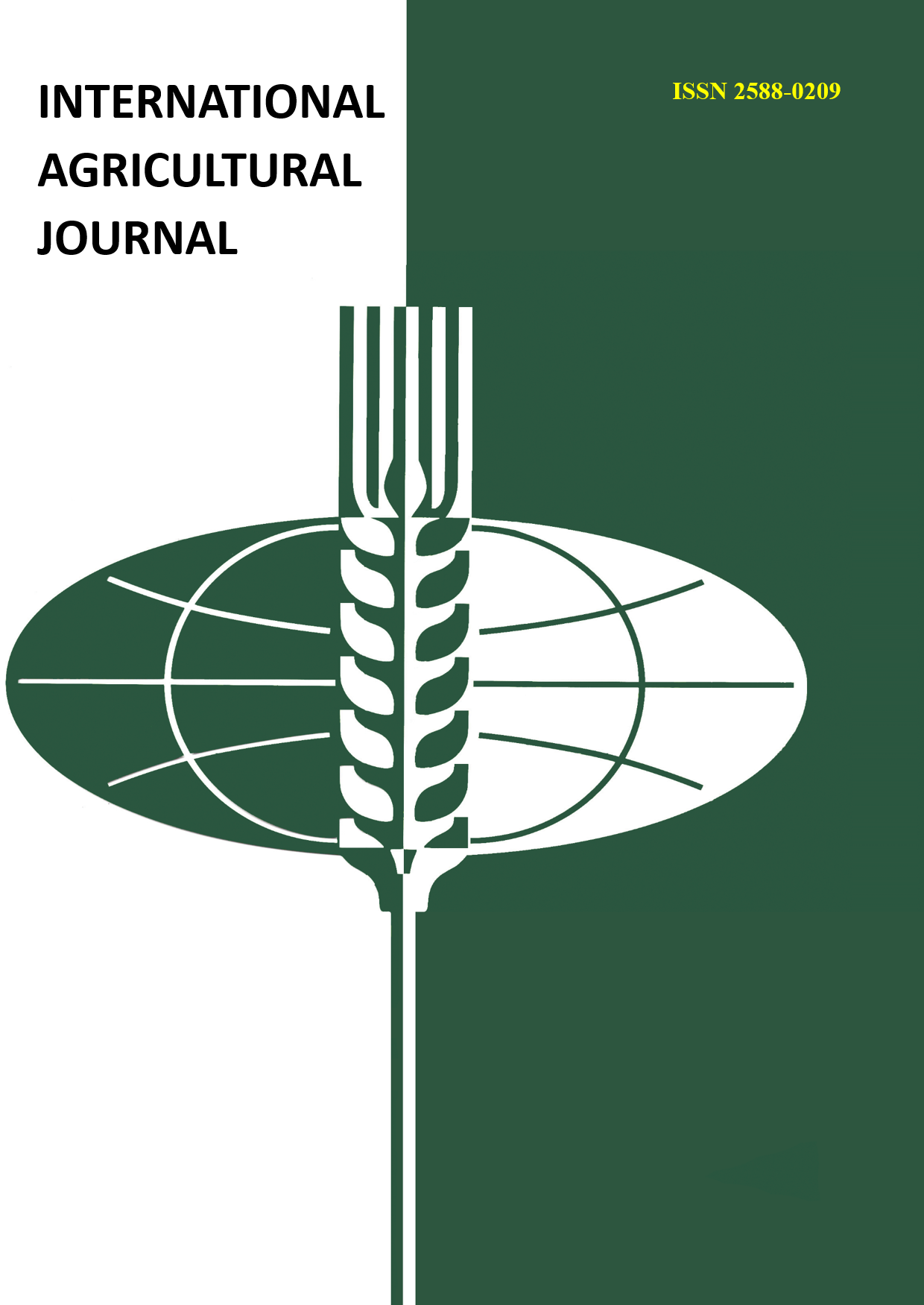The article considers the procedure for conducting state land supervision over the use of agricultural land, justifies its relevance. The dynamics of change is given and a significant decrease in the area of agricultural land for the analyzed period in the Republic of Adygea, Krasnodar Krai, and the Republic of Crimea is established. Significant shortcomings have been identified in the existing regulations on land supervision, which make it difficult or impossible to carry out control and supervisory measures - the absence of a basis for carrying out control and supervisory measures on low–risk land plots, the absence of a requirement to inform the supervisory authorities about the registration of new enterprises. The article presents the indicators of inspections, it is established that there is a positive tendency to reduce violations. The procedure for conducting scheduled inspections using a risk-based approach is presented. The ways of improving the state land supervision through the use of modern geoinformation systems in the work are proposed. An example of using GIS to obtain reliable information about the actual use of a particular land plot is given. The advantages, disadvantages and possibilities of using the "SAS Planet" program in state land supervision are considered.
zemel'nyy nadzor, risk-orientirovannyy podhod, kategorii riska, zemel'nyy uchastok, zemli sel'skohozyaystvennogo naznacheniya, ispol'zovanie zemel', Rossel'hoznadzor, geoinformacionnye sistemy














